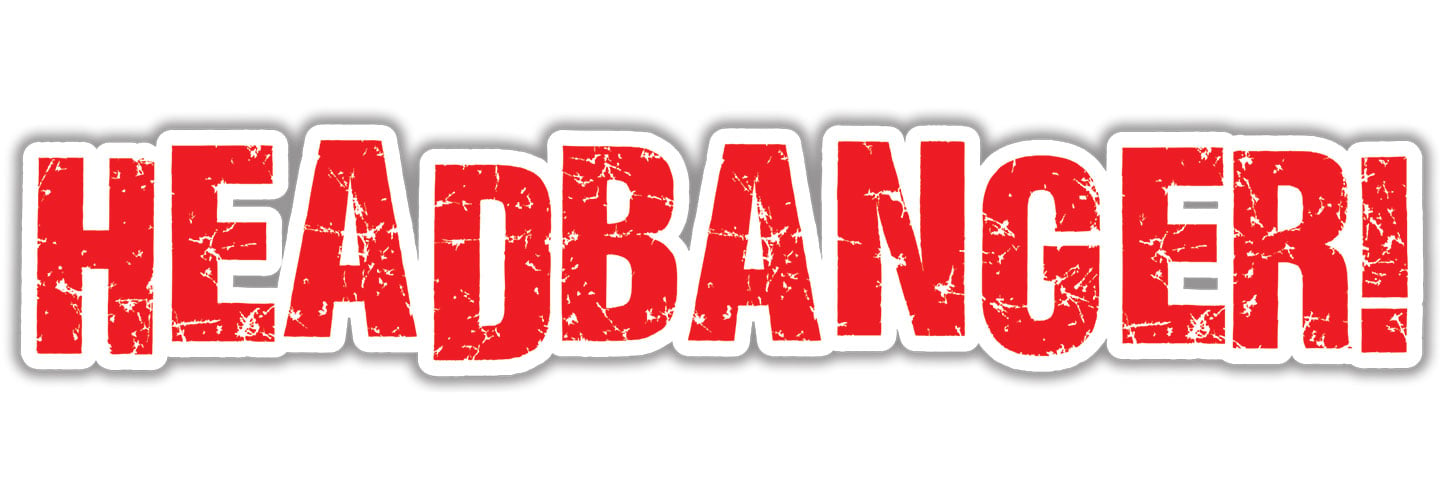Woodpeckers smash their beaks against hard trees more than 10,000 times a day. If a person did this even once, it could cause an injury to their brain. So why don’t woodpeckers’ brains turn to mush?
For years, scientists assumed woodpeckers had cushioning in their skulls. It would absorb and lessen the force of each impact. This idea was repeated in articles, textbooks, and information at zoos.
Even though this idea was communicated as a fact, “there haven’t been any real tests to prove it,” says Sam Van Wassenbergh. He’s a biologist at the University of Antwerp in Belgium. He studies biomechanics, or how animals move their bodies.

